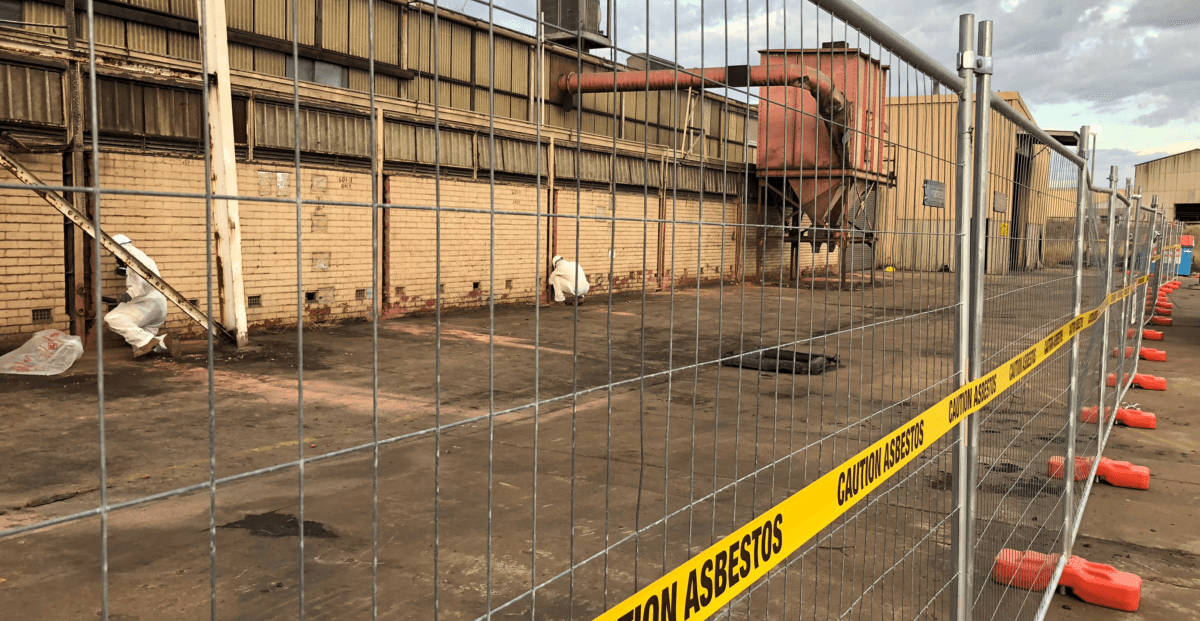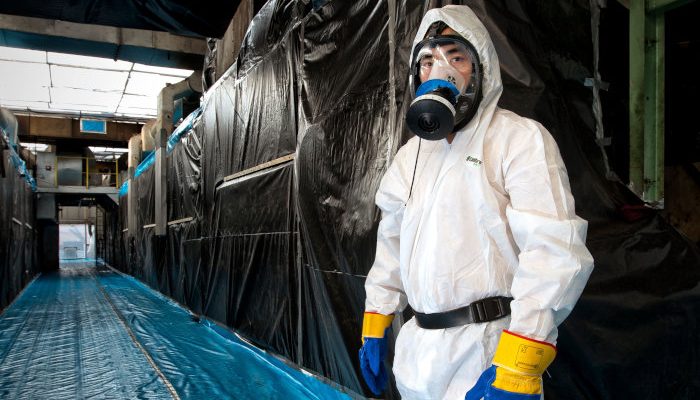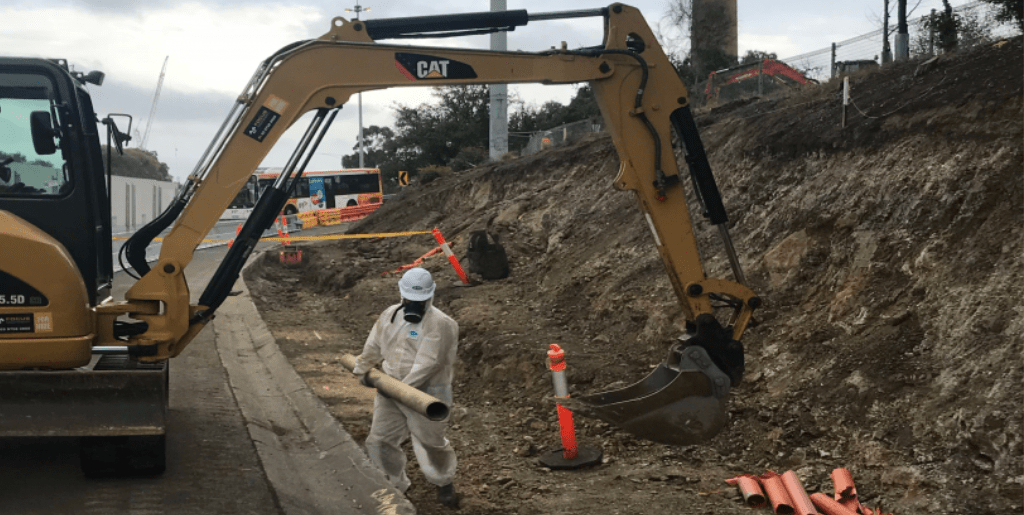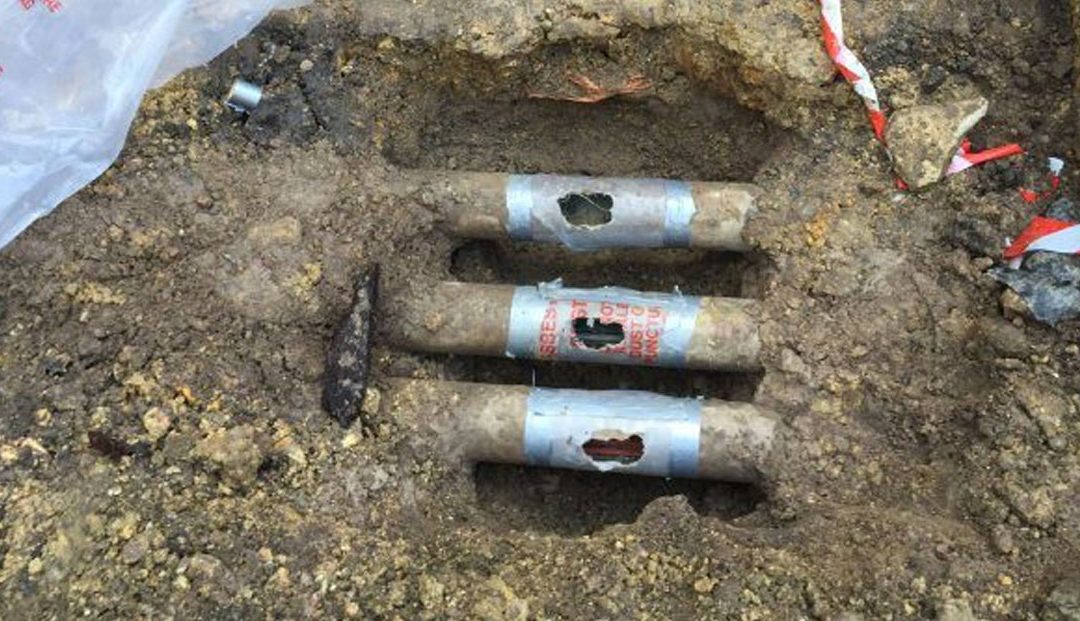Why Was Asbestos Used?
Asbestos is a mineral known for its heat, chemical and electrical resistance. These unique properties made asbestos a valuable component in construction materials. These properties made asbestos suitable for common applications including friction linings in auto parts, a wide range of building materials, electrical components, and a variety of thermal insulations.
During the mid-1900s, the use of asbestos had become increasingly prevalent, finding its way into diverse applications such as fire-retardant coatings, mastics and putties, vinyl sheet and vinyl tile flooring and fibro cement products such as wall and ceiling sheeting, corrugated roofing.
Australia saw extensive asbestos usage in construction and other industries from the 1930s to the late 1970s. Growing concern about its health risks emerged when epidemiology studies linked asbestos exposure to some cancers. This led to a reduction in the number of asbestos-containing materials being manufactured in Australia. By 1989, the manufacture of asbestos was completely phased out in Australia, and the manufacture, use, and importation of asbestos-containing materials was banned altogether in Australia from December 2003. While Australia banned the use, it should be noted that some asbestos-containing materials were still being manufactured and imported into Australia well into the 2000s.

Where is Asbestos Commonly Found?
If your home was built prior to 1982, it is likely that asbestos containing material was used somewhere in its construction. For homes constructed between 1982 and 1990, it is still possible that some asbestos-containing materials may be present, due to this being a phasing out period for the manufacture of asbestos containing material, and the continued use of stored and stockpiled materials. Its prevalence in building materials raises concerns about potential exposure for the home renovator, and workers undertaking demolition and refurbishment of these properties.
Numerous locations within your home or commercial building could potentially contain asbestos materials. Such areas include:
- Popcorn ceilings and textured wall coatings and textured paints: asbestos was often used in textured coatings applied to ceilings and walls for decorative and acoustic attenuation purposes.
- Insulation: asbestos-containing insulation materials may be found in around hot water and steam pipes and boilers and older electric heaters. Fire rated boards were often used in the electrics to older domestic hot water units, and electric in-line duct heaters. Sprayed asbestos insulation was used as thermal insulation for structural steel associated with multistorey buildings.
- Flooring: vinyl tiles, vinyl sheet, and the adhesives used to install flooring materials may contain asbestos.
- Roofing materials: asbestos was commonly used in roofing products such as roof shingles, corrugated fibro cement sheet, and bituminous roof coatings and silver roof paints.
- Siding and cladding: asbestos cement sheet was used in external siding and cladding products. A slightly textured metal wall and roof cladding contained an asbestos undercoat.
- Mastics and putties: asbestos mastics are associated with ductwork flanges, within the glazing of aluminium window frames and in building expansion joints, asbestos putties have been found holding the glazing in traditional timber windows.
- Electrical applications: woven and braided asbestos textiles was used as insulation to electrical wiring, while asbestos resin boards made up the electrical switchboards.
- Fibro Cement products: asbestos cement sheet, pipes and boards were commonly used in construction, especially for walls, ceilings and exterior features.
- Wall and ceiling joint compounds: asbestos may be present in joint compounds used for taping and finishing drywall seams.
- Pipe and Plant equipment: woven, compressed fibre and rolled metal gaskets could be found in flanges of mechanical plant and pipe flanges.
It is important to note that the presence of asbestos in residential homes and commercial buildings does not always pose an immediate risk. However, proper precautions and professional assessment should be undertaken before any renovation or maintenance work to identify and safely manage asbestos-containing materials. For all workplaces, compliance with state and/or national regulations and engaging licensed asbestos professionals is crucial for handling and, if necessary, removal.

What to do When You Suspect You Have Found Asbestos
In Victoria all workplaces are required by law to determine if asbestos is present , and if it is, to have an asbestos register which lists all identified or assumed asbestos in the workplace. This register should be considered before starting any building work, including maintenance and minor alterations to ensure the asbestos remains undisturbed.
Regulation 228 of the 2017 Occupational Health and Safety Regulations requires that the Asbestos Register be revised, where necessary, if:
- There is a change in the condition of the asbestos containing material: or
- Asbestos containing material has been removed, enclosed or sealed.
In Victoria, domestic houses are exempt from the above regulation until they become a workplace during maintenance, refurbishment or demolition. As such owners or tenants may not be aware that there is asbestos present.
If you suspect that you have found asbestos in your home, it is important to take the following steps:
- Be aware of potential areas where asbestos might be present in your home. If uncertain, consider getting the material tested or assume it contains asbestos as a precautionary measure.
- Plan ahead when undertaking renovations to identify any asbestos containing material that may be affected by the proposed works. Manage the removal of asbestos containing material and follow safe work practices to minimise the risk of fibre release.
- If you discover damaged or deteriorating materials suspected to contain asbestos, seek confirmation through asbestos analysis and have them safely removed. Disturbing such materials can release the hazardous fibres into the air.
- When undertaking significant home renovations or demolitions, especially in older homes where asbestos might be present, it is highly recommended to engage a licensed asbestos removalist. These professionals have the expertise and equipment to safely handle and remove asbestos-containing materials.
By following these steps, you can proactively manage asbestos risks and ensure the safety of yourself and others in your home during renovations or other activities that may involve potential asbestos exposure.

Why you Should Contact Licensed Asbestos Removalists
By engaging licensed asbestos removalists, you’ll benefit from the peace of mind of knowing the handling and removal of asbestos substances are being carried out by professionals who prioritise safety, compliance and proper handling of hazardous materials. Their expertise and adherence to regulations help minimise the risks associated with asbestos exposure and ensure the health and well-being of occupants and workers involved.
Speak to our Specialist Team
AAH Contracting are certified Class A & B asbestos removalists and are available to take on projects across Australia. If you are in need of a highly experienced asbestos removalist speak to our team today on (03) 9729 0066.



